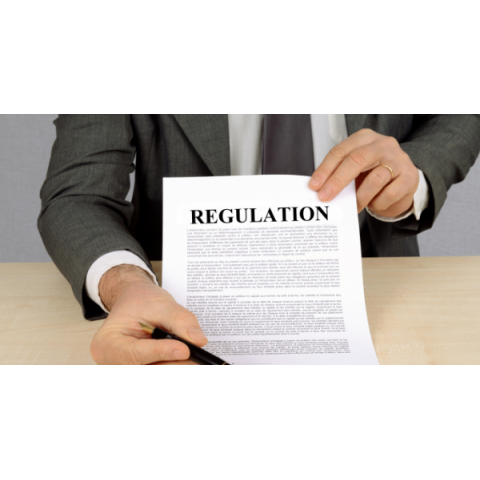How To Transport Radioactive Material
Transport requirements for radioactive materials are very stringent and a great deal of time, effort and understanding is required prior to shipping radioactive materials.
The 200 page Safe Transport of Radioactive Material Code describes in great detail the exact requirements for shipping, however it is a lengthy document that is complex and can be confusing.
This article will provide a brief introduction to this code and some of the things that you will need to consider prior to shipping radioactive materials. However unless your organisation has significant experience with both radioactive materials and shipping of hazardous goods we would recommend contacting an expert in the field to assist.
The steps involved include:
1. Identifying what the material is and what its current activity is.
The radiation sources original documentation is required for this, you will need to establish its original activity and date when measured and then use the following formulate to determine its current activity.
At = Ao/2n
At = activity at present
Ao = original activity
N = number of half lives
2. Identifying what form it takes, is it "special form" or is it "dispersible form".
Special form is defined as radioactive material that is either an indispersible solid or a sealed capsule containing radioactive material. "Dispersible form" is anything else.
3. Establishing whether the material's activity falls above or below the exempt threshold
The Code specifies the permissible activity for an exempt radioactive material in Table 2 "Basic Radionuclide Values".
4. If its activity is above the exempt threshold is it an excepted package or not.
If the radioactive source's activity is above the exempt value then it will most probably be known as an "excepted package". Once again Table 2 in the Code is referred to in order to identify what type of excepted package it is.
5. Establishing what type of excepted package it is and identifying its UN number.
A variety of UN numbers are used for radioactive materials and the exact number depends on its type, examples include:
UN2910 Radioactive material, excepted package, limited quantity or number
UN2911 Radioactive material, excepted package - instrument or article.
The full list is contained in Table 1 of the Code.
6. Packing it in appropriate packaging with the correct use of labels
Once the UN number is identified the radioactive material needs to be packed in suitable packaging, this may be as simple as a specially designed cardboard box (low activity) or a lead lined vessel for high activity. Specific requirements are detailed in the code as far as the packing material required as well as details on its structural integrity, chemical nature and its size and shape.
7. Determine the radiation level at the surface of the package and at 1 metre.
The radiation level at any point on the external surface of the package must be less than 5 uSv/hr, for this measurement a radiation detector such as the Thermo Scientific RadEye B20 can be used.
The radiation level at a point 1 metre from the package also needs to be measured in mSv and this value is used to calculate the Transport Index by multiplying the value by 100. This Transport Index is used on the shipping documentation and labelling.
8. Obtaining and completing shipping documentation
Specific shipping documentation is required to be completed and labelling of the package is required in accordance with the code. Items such as the UN number, Transport Index and current activity is all required to be noted on the documentation.
9. Specific carrier requirements
The code also specifies the types of couriers to be used, the licenses required and how the radioactive material should be segregated during transport and storage while in transit. It also details the paperwork that should be sent with the shipment.
The above is a very short summary of the detailed requirements that need to be followed when shipping radioactive material. It is a complex task and one that needs significant experience so as to avoid the pitfalls of making mistakes in documentation, labelling or transport. Any errors made are likely to be extremely costly with the shipment quarantined or returned to the shipper at significant cost.
ADM Nuclear Technologies specialises in the removal and transportation of spent radiation sources. If you need assistance with this type of transportation please contact ADM Nuclear Technologies.
IS THIS INFORMATION USEFUL?
If so, why not share it with your peers and colleagues. Simply click on the blue LinkedIn share icon below.

